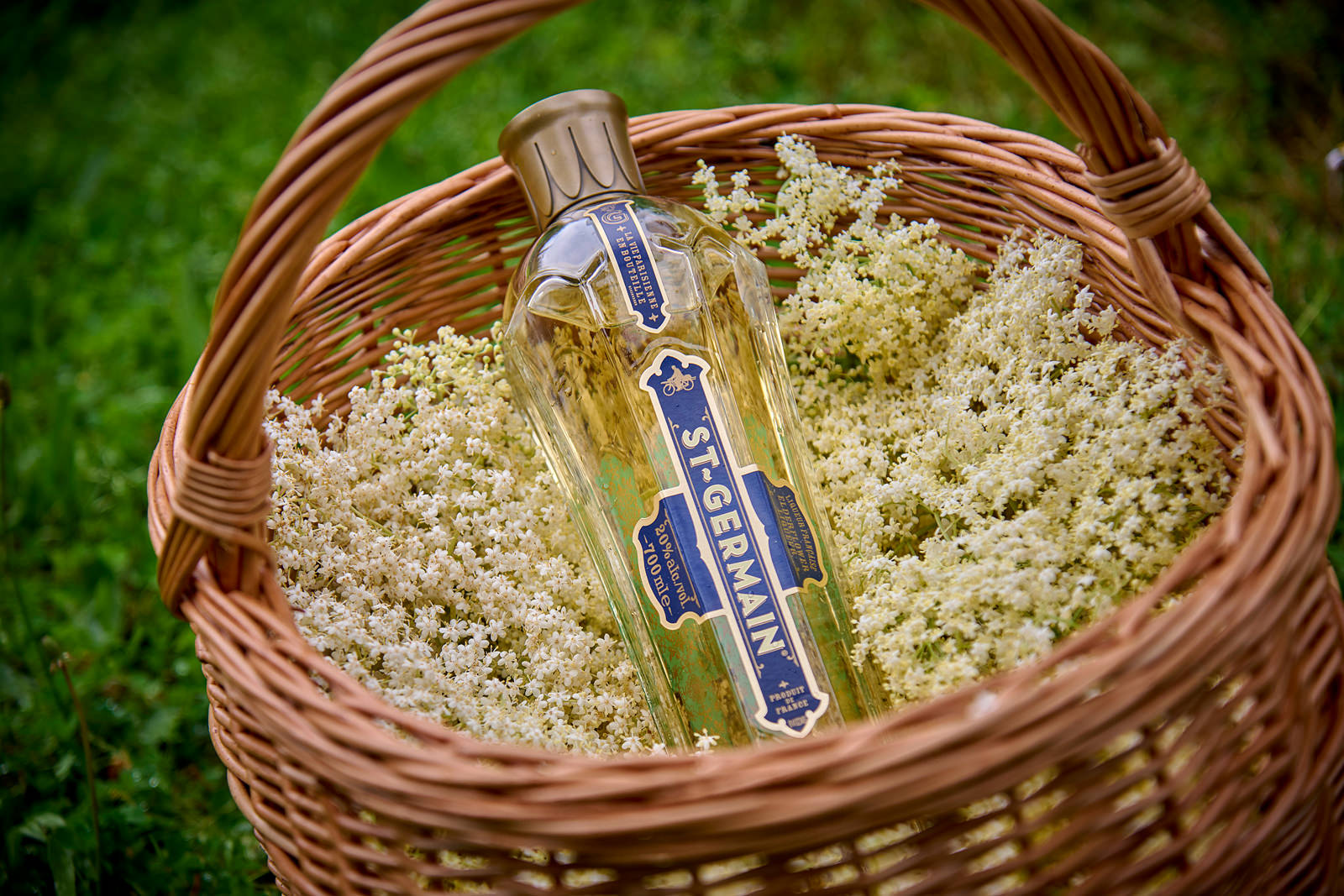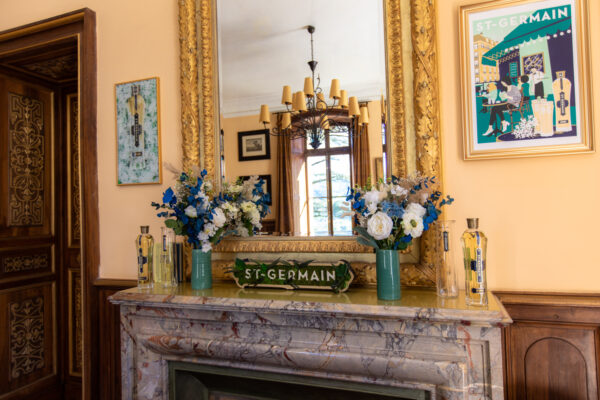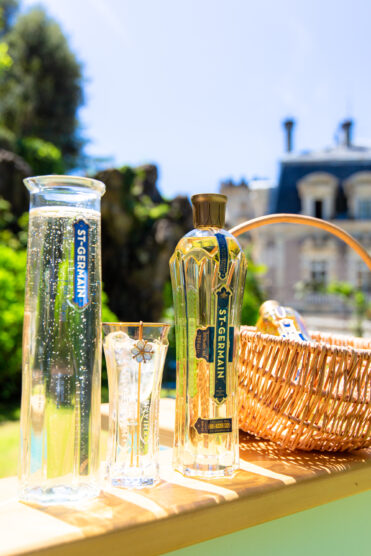How St-Germain Elderflower Liqueur Is Made
Investigating the origins of the the do-it-all all-the-time liqueur.

St-Germain Elderflower Liqueur is called bartender’s ketchup for good reason. Since launching in 2007, it has garnered acclaim for its ability to add depth of flavour to almost any cocktail. Whether in spring, summer, autumn, or winter, St-Germain is used in place of or with other liqueurs to add a gentle floral quality that balances flavours both sweet and savoury. However, while it has proven itself suited for use in myriad settings and seasons, few know about the specific climates and seasonality that make St-Germain what it is.
The wild elderflowers that go into St-Germain—up to 1,000 in each bottle—can only be picked by hand during a few short weeks in the spring. The South of France, Croatia, and Hungary are the main hunting grounds for the little botanical marvel. In the Ardèche in southeastern France for example, elderflowers bloom in May and early June, covering the dense forests and pastoral farmlands of the mountains and plateaus of the Massif Central in a blanket of intensely fragrant cloudlike clusters.

The mad dash to harvest the flowers is intense, as they can only be picked in full bloom and need to be processed within hours. Eric Tourrain, the brand’s convivial master blender, begins macerating the flowers within 24 hours of picking to preserve the intense perfume. After a period of rest, the resultant extract is filtered and blended with neutral grain spirit, beet sugar, and a dash of brandy from the Cognac region of France, which adds depth and “Frenchness,” according to St-Germain brand ambassador Franck Dedieu, a wry smile cropping up as he says it.

If Frenchness is at the core of St-Germain, then it is of a certain type. Named after Paris’s Saint-Germain-des-Prés neighbourhood, the brand seeks to embody the halcyon café-days of Paris’s 6th arrondissement of the fin-de-siècle, when painters, writers, and musicians were as much bon vivants as they were artists. However, while it may be the product of specific circumstances, St-Germain remains the elixir for the everyday. It’s become so indispensable that its nickname feels understated. After all, Heinz conquered the world with 57 condiments, but St-Germain is the only bartender’s ketchup you need.




